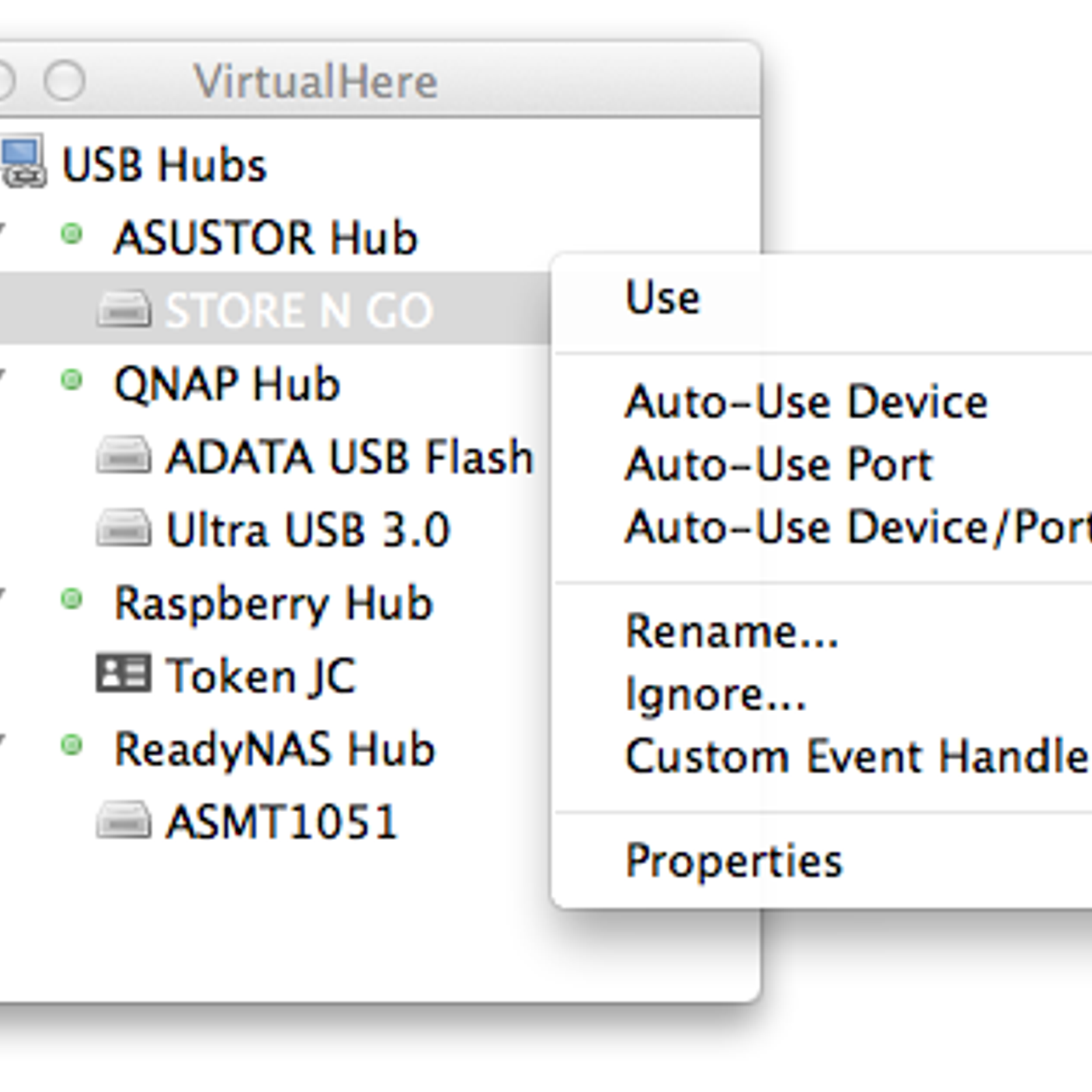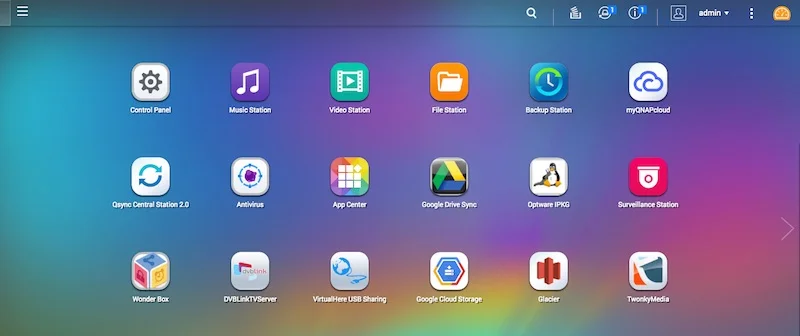
Begin 644 vhusbdx8664.bsdiff.uue M0E-$249&-#!)`````'L`````V!PI`````!' 6F@Y,4%9)E-90M=M M.0``%^Q2X'@`$@`0')!```@`(`(0`'``(::1IM31H.8``.##SD!A(;PNT. MNY%^3%W)%.%'00M. Clone via HTTPS Clone with Git or checkout with SVN using the repository’s web address. The patch is valid for VirtualHere USB at version 3.5.4. Only one file has to be patched: vhusbdx8664.
| #!/bin/sh |
| # This little script downloads the VirtualHere USB client and sets up a service |
| # on arm-based systems |
| VHUSB_URL='https://virtualhere.com/sites/default/files/usbserver/vhusbdarm' |
| VHUSB_BINARY='/usr/local/bin/vhusbdarm' |
| VHUSB_SERVICE='/etc/systemd/system/vhusb.service' |
| if [[ `uname -m`*'arm'* ]] |
| then |
| echo'It's an ARM architecture!'; |
| if [ !-e'$VHUSB_BINARY' ];then |
| echo'Attemtping to get root permissions to save 'vhusbdarm' to your system and downloading server and service script' |
| sudo wget -o '$VHUSB_BINARY'$VHUSB_URL |
| if [ -e'$VHUSB_BINARY' ];then |
| echo'VirtualHere Binary successfully downloaded and saved as $VHUSB_BINARY. Attemting to install service at $VHUSB_SERVICE' |
| sudo /bin/cat <<EOM >$VHUSB_SERVICE |
| [Unit] |
| Description=VirtualHere USB Client |
| Requires=avahi-daemon.service |
| After=avahi-daemon.service |
| [Service] |
| ExecStart=/usr/local/bin/vhusbdarm -b |
| Type=forking |
| [Install] |
| WantedBy=default.target |
| EOM |
| else |
| echo'VirtualHere Service binary not found at $VHUSB_BINARY. Abort.' |
| exit 1 |
| fi |
| else |
| echo'Binary already exists. Abort.' |
| exit 1 |
| fi |
| else |
| echo'We're not on ARM architecture. Abort.' |
| exit 1 |
| fi |
Virtualhere Usb Keygen
| [Unit] |
| Description=VirtualHere USB Client |
| [Service] |
| ExecStart=/usr/local/bin/vhusbdarm -b |
| Type=forking |
| [Install] |
| WantedBy=default.target |
commented Jul 10, 2016 •
Use this service script to create a systemd service for VirtualHub USB (e.g. on a Raspberry Pi) to access USB devices remotely. You need to have the corrcet binary installed in /usr/local/bin (bhusbdarm for generic arm version) or adapt the path. |
Michael,
I see from searching the forum that renaming the attached USB devices has been a bit of an issue...
Am I right in thinking that, should a VID/PID/Serial number not be provided by the dongle, the server generates them - or works to that effect...?
We've got several (more than 10) which return properties of:
Vendor: AKS
Product: HASP HL 3.25
VID: 0529
PID: 0001
Serial: 81b...e8a0 - 9
All subsequent dongles connected after the 9th are also given the serial number ending in 9 - hence there are clashes and they can't be renamed.
I hope that's clear?
Richard
OK that can be done as there are two nickname modes. The first mode uses the serial to qualify the device and the second method uses the address.
To use the second method:
1. Plug all your dongles into the server
2. start the virtualhere client
3. Open a command prompt and type vhui64.exe -t list
4. Note all the numbers next to the devices, these are the addresses, also from the virtualhere gui note the vendor id and the product id for the HASP device
5. Stop the virtualhere server
6. Edit the config.ini file of the server using vi and add the lineDeviceNicknames=<nickname>,<vendor id in hex>,<product id in hex>,<address>,[<nickname>,<vendor id hex>,...]
e.g
DeviceNicknames=My First iPad,05ac,12ab,114,My Second iPad,05ac,12ab,115


7. Save the config.ini file and restart the virtualhere server.
Michael,
Virtualhere Crack
Thanks again for the response...
As a semi-skilled Linux/Unix user, can you run me through the editting of the config.ini file? I'm using a synology DS216SE and currently have WinSCP (on Windows Server 2012) installed to browse through the NAS.
Using that software, I get permission issues trying to save the editted file.
I am aware of basic vi commands, but could do with assistance... can you spare a few minutes to guide me through?
Thanks
Richard
Again, ignore me. Google was my friend (eventually) and i've got root access through PuTTY.

As soon as I can get everyone off the server, i'll give your method above a go.
Thanks
Richard
Log in or register to post comments